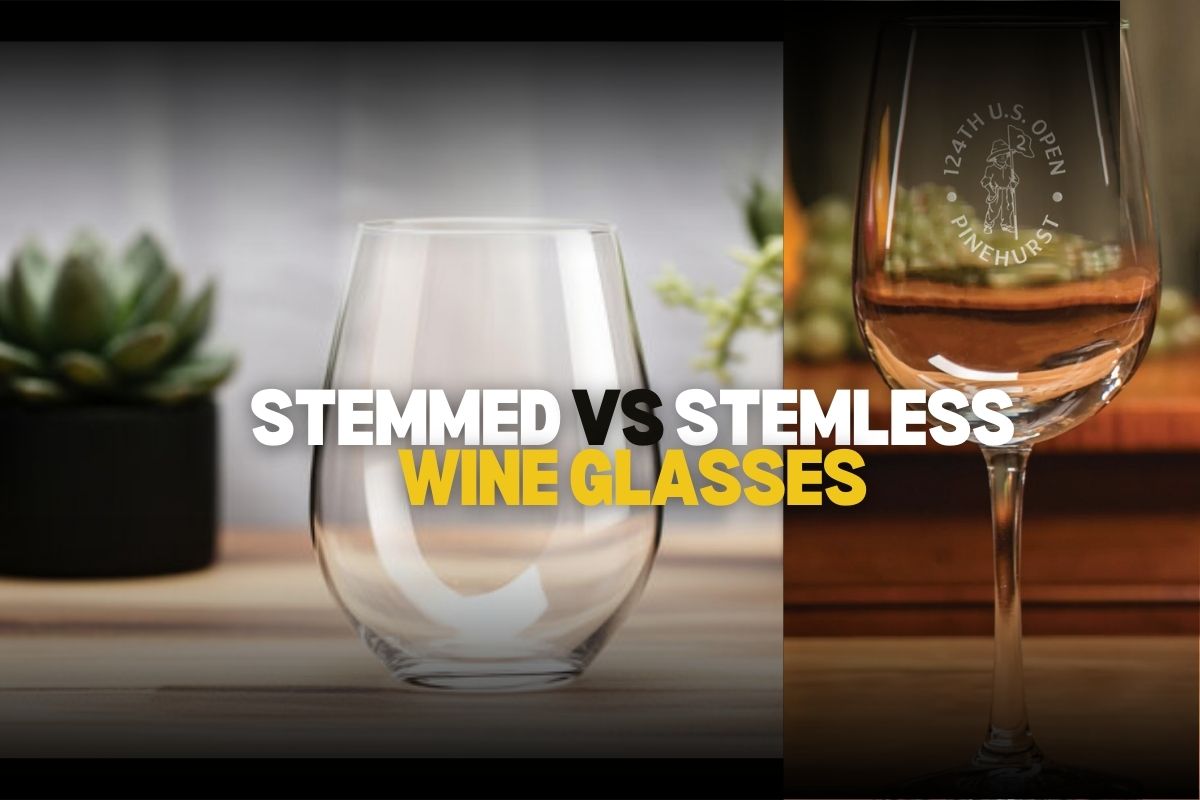
Stemmed vs. Stemless Wine Glasses: Which Should You Choose?
The debate between stemmed and stemless wine glasses has been a topic of conversation among wine enthusiasts and casual drinkers alike. Both styles have their unique appeal and functional benefits, making the choice between them largely dependent on personal preferences and specific needs. In this article, we’ll delve into the characteristics, advantages, and potential drawbacks of both stemmed and stemless wine glasses to help you decide which is the best fit for your wine-drinking experience.
The Elegance of Stemmed Wine Glasses
Stemmed wine glasses are the traditional choice and have been a staple in wine culture for centuries. Their classic design includes a bowl, stem, and base, each serving a specific purpose. The primary function of the stem is to prevent the heat from your hand from warming the wine, which can affect its taste and aroma. This is particularly important for white wines and champagne, which are best enjoyed at cooler temperatures.
The elegant design of stemmed wine glasses also adds a touch of sophistication to any occasion. Whether you’re hosting a formal dinner party or enjoying a quiet evening at home, the aesthetic appeal of a stemmed glass can enhance the overall experience. Additionally, the shape and size of the bowl can be tailored to different types of wine, allowing for the best possible expression of the wine’s characteristics. For example, a larger bowl is ideal for red wines, enabling them to breathe and release their full bouquet of aromas.

The Modern Appeal of Stemless Wine Glasses
Stemless wine glasses, on the other hand, offer a contemporary alternative to their stemmed counterparts. These glasses have gained popularity for their casual, versatile, and practical nature. Without a stem, these glasses are less prone to tipping over, making them a great choice for outdoor gatherings, casual get-togethers, or even just lounging on the couch.
One of the standout features of stemless wine glasses is their ease of storage. They fit more conveniently in kitchen cabinets and are generally more durable, as the lack of a stem reduces the risk of breakage. This durability makes them a favorite for households with children or for use in environments where fragile stemware might not be practical.

Another benefit of stemless wine glasses is their versatility. They can be used for more than just wine, doubling as everyday glassware for water, juice, or cocktails. This multifunctional use can be particularly appealing if you’re looking to minimize the number of different types of glasses in your kitchen. Whether you're updating your drinkware or planning a full kitchen remodel, these choices matter.
FAQs
1. Do stemless wine glasses affect the taste of wine? While stemless wine glasses can warm the wine due to contact with your hand, this effect is minimal if you drink the wine relatively quickly. For casual drinking, the difference in taste is often negligible.
2. Are stemmed wine glasses better for red wine? Stemmed wine glasses with larger bowls are traditionally preferred for red wine as they allow the wine to breathe and enhance the aroma. However, high-quality stemless wine glasses can also provide a good tasting experience.
3. How do I prevent my stemless wine glasses from tipping over? Stemless wine glasses are generally more stable than stemmed ones. To further prevent tipping, choose glasses with a wide base and avoid overfilling them.
4. Can I use stemless wine glasses for other beverages? Absolutely! Stemless wine glasses are versatile and can be used for water, juice, cocktails, and other beverages, making them a practical addition to your glassware collection.




Leave a comment
This site is protected by hCaptcha and the hCaptcha Privacy Policy and Terms of Service apply.